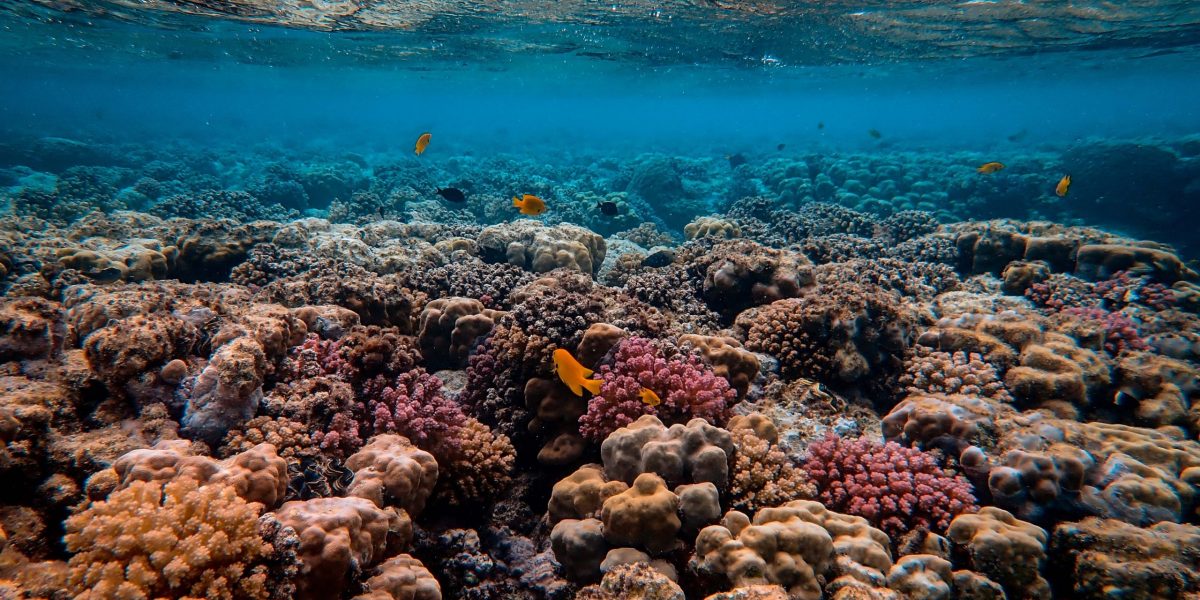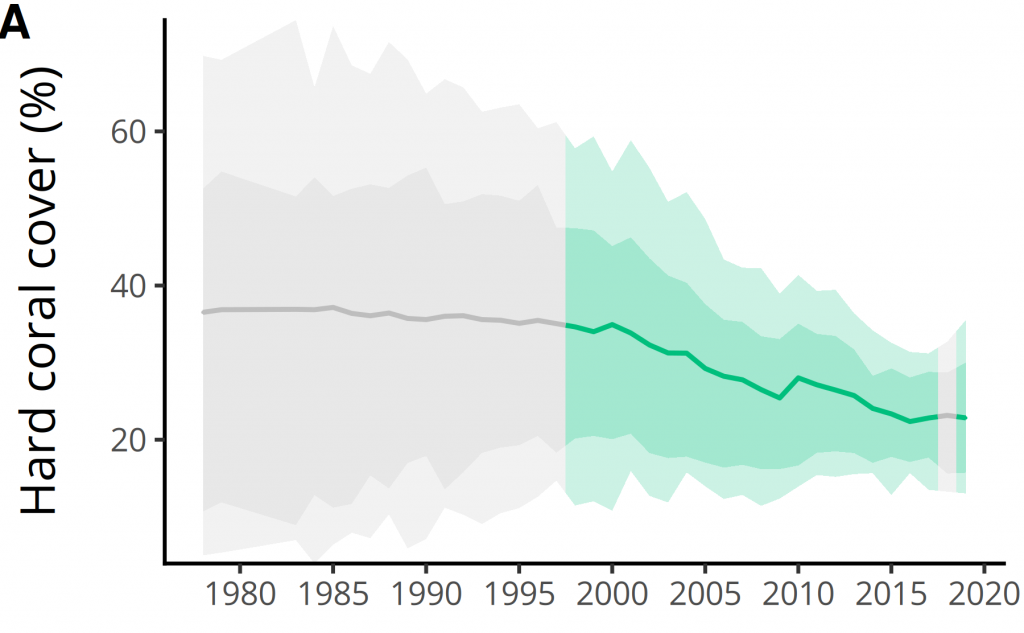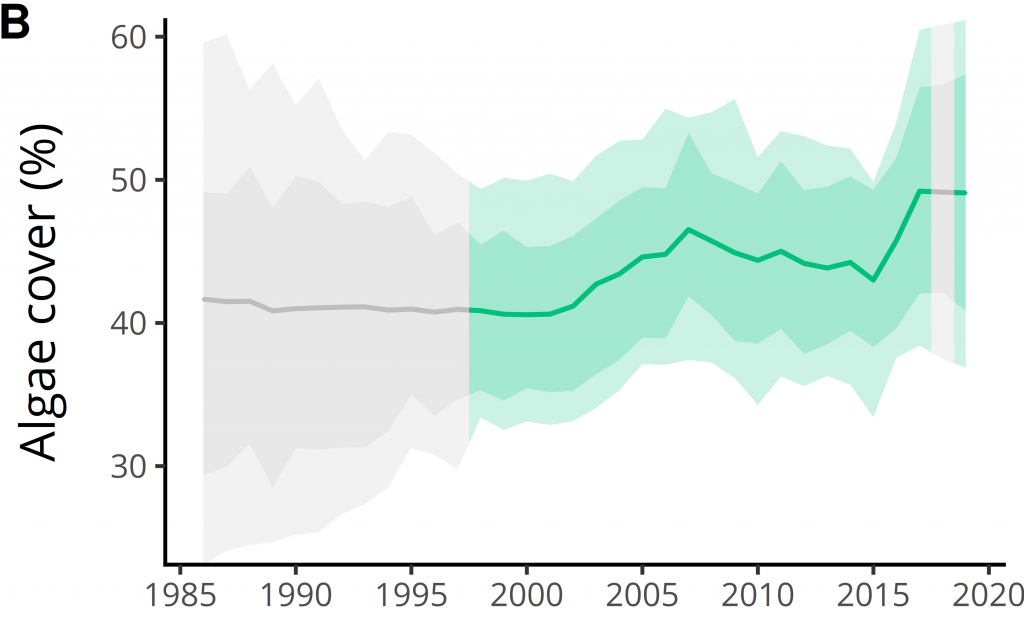Mexico, France (Clipperton Atoll), Costa Rica, Nicaragua, El Salvador, Guatemala, Panamá, Colombia, Ecuador and Chile (Rapa Nui).
Francis Staub
GCRMN point of contact
fstaub@icriforum.org
The region is bounded by subtropical gyres of the North and South Pacific and the equatorial current system of the Eastern Pacific. An additional significant oceanographic feature of the region is the eastern Pacific warm pool, located along the Central American shelf. The oceanographic dynamics of the region are strongly influenced by low-latitude trade winds, topography (i.e. shelf breaks), a shallow thermocline, and inter-annual climate variation associated with the El Niño-Southern Oscillation (ENSO). These atmospheric and oceanographic conditions create a distinct environment for the development of coral reef habitats in the region, connectivity and diversity of coral species in the region.
(i) Marine Ecoregions of the World (MEOW) is a biogeographic classification of the world’s coasts and shelves (Spalding et al., 2007).



An operational network of:
![]() The International Coral Reef Initiative (ICRI) is a proactive partnership between Nations and organisations which strives to preserve coral reefs and related ecosystems around the world. GCRMN is an operational network of ICRI, acting as one of its implementing arms.
The International Coral Reef Initiative (ICRI) is a proactive partnership between Nations and organisations which strives to preserve coral reefs and related ecosystems around the world. GCRMN is an operational network of ICRI, acting as one of its implementing arms.
The International Coral Reef Initiative (ICRI) is a proactive partnership between Nations and organisations which strives to preserve coral reefs and related ecosystems around the world. GCRMN is an operational network of ICRI, acting as one of its implementing arms.
Global Coral Reef Monitoring Network (GCRMN) | © 2022 All rights reserved | Powered by piknetart